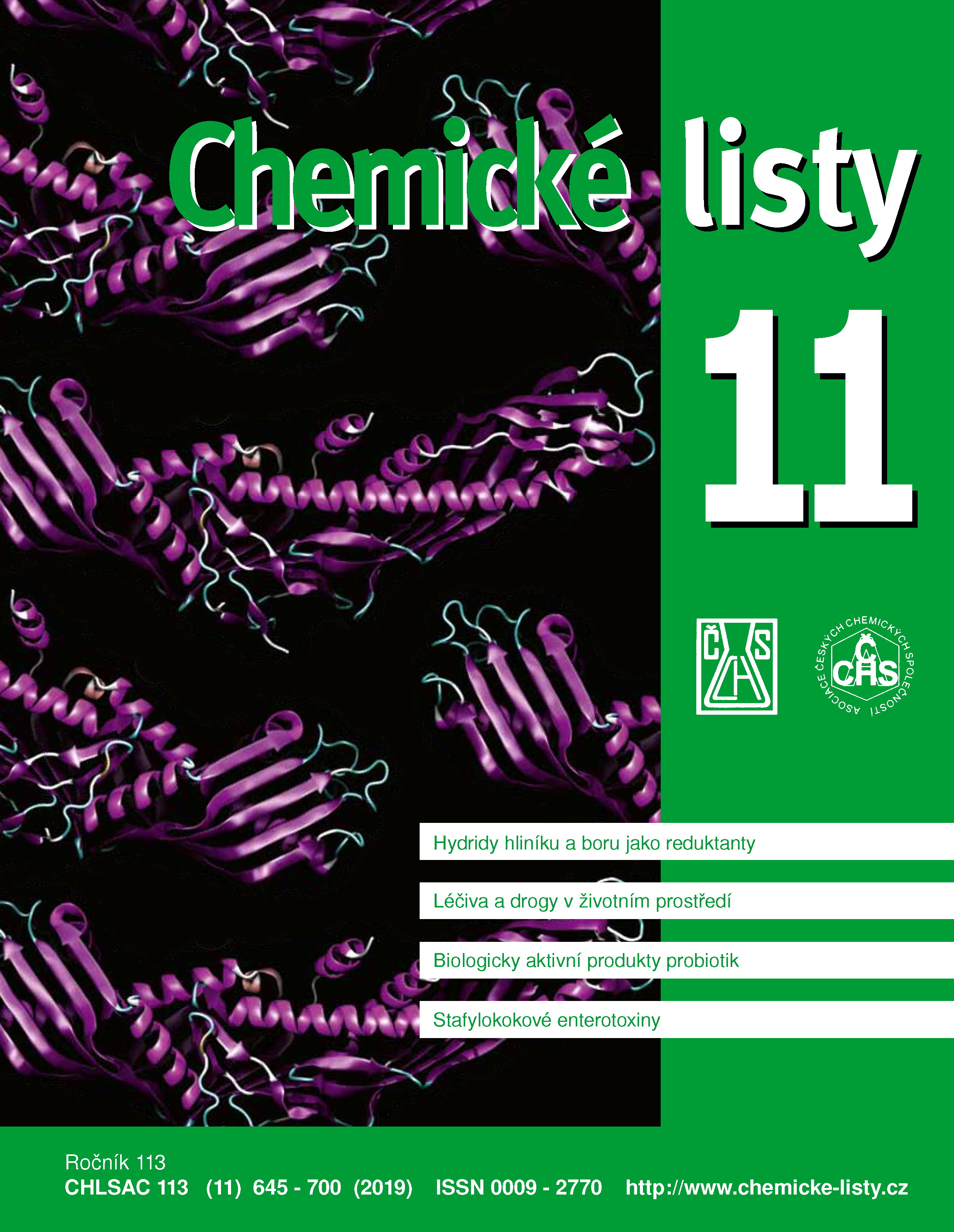Medicines and Drugs: an Environmental Problem?
Keywords:
pharmaceuticals, drugs, occurrence, fate, environmental impactAbstract
The presence of pharmaceuticals, drugs and their metabolites in the environment grows and represents an actual environmental problem, there is an increasing trend to involve new environmental technologies. We can therefore observe an increasing trend to involve new environmental technologies. Membrane technologies, advanced oxidation processes (AOPs), and their various modifications are the most frequently studied advanced technologies. There is also an effort to develop new types of drugs that are biodegradable in sewage disposal plants. The adverse effects of drugs in the environment are already reflected in the European Union legislation. Active substances, such as diclofenac, 17-α-ethinylestradiol and 17-β-estradiol, estrone, erythromycin, clarithromycin and azithromycin, are included in the list of followed compounds in the water management monitoring. This screening was set up by the European Commission in 2015 to monitor and evaluate the risks posed by these compounds.





